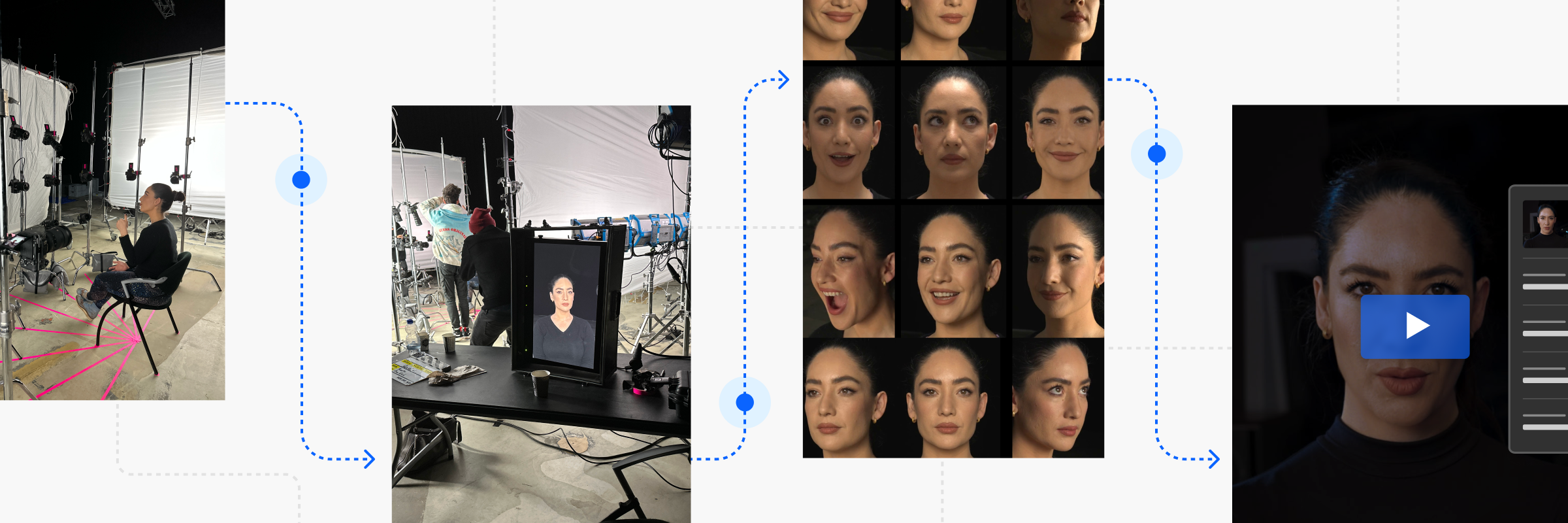TRUEPIC BLOG
From ‘Mirror of Reflection’ to AI slop: How accessibility is outpacing authenticity

Two years ago, Truepic partnered with generative AI experts to release the world’s first cryptographically sealed and transparent deepfake. Mirror of Reflection was widely seen and reported on, serving as a harbinger of the growth of Content Credentials on AI outputs. Despite the promise of content provenance in labeling synthetic outputs, the proliferation of AI tools has outpaced the adoption rate of Content Credentials. Further, most AI platforms have not yet adopted responsible AI labeling and may never do so. Today, as predicted, we see a surge of AI-generated content, sometimes referred to as “AI Slop,” online and ingested every day.
How creating a deepfake used to take months of work
What is surprising is the speed with which sophisticated AI tools are now accessible to any smartphone user. Consider this: two years ago, it took Truepic, a creative AI studio, and Nina Schick several months of work to create the Mirror of Reflection video. One of the world’s best AI engineers at the forefront digital visual filmmaking, Bob de Jong, rented a specific studio in Amsterdam. Nina Schick, a globally recognized expert on AI, had to travel to the studio for hours of photography and voice recordings. With that data in hand, the team spent weeks training and refining the lifelike AI model that was nearly indistinguishable from the real Nina. That hyperrealistic deepfake video was then cryptographically signed and timestamped with Content Credentials. This was considered state-of-the-art visual synthesis only 24 months ago.
"In 2023, it took a world-class engineer, a full studio, and weeks of training to synthesize my likeness. In 2025, a teenager can replicate it on their phone. That’s how fast this technology has scaled—and why authenticity infrastructure must catch up." - Nina Schick

Now anyone can make a convincing deepfake in minutes
Today, we re-created a similar video (not quite as artistic as Bob’s handiwork!) but equally lifelike in ten minutes, for free, and with no coding or training components. Using publicly available generative AI tools and simply uploading a picture, anyone can create hyper-realistic synthetic visuals. This represents a sea change from where the world stood just 24 months ago.
Perhaps the most telling or obvious manifestation of the widespread availability of AI tools is Sora 2. The widely available app, which reached one million downloads in under five days, enables any user to generate incredibly convincing and realistic videos on their smartphone. No coding experience, no engineering talent, no barriers. Synthetic video generation is now as simple as ordering delivery through a device app.
When accessible creation becomes Visual Risk
While we marvel at the speed of innovation, the ease with which AI slop can be produced is concerning. The effects are being seen, and they are widespread. Consumer scams are reported daily, and now businesses struggle to distinguish between authentic and synthetic receipts from their own employees.
The pace of this transformation magnifies the urgency of enacting global standards for digital visual authenticity and provenance. What was once an impressive technical feat requiring expert coordination is now a trivial task performed at scale and speed. As we move forward, the question is no longer whether synthetic media will dominate, but whether authenticity can be identified and remain traceable. This further drives Truepic’s mission to ensure that enterprises, workflows, and digital systems can mitigate visual risk, enabling critical decisions to be made based on authentic and verified visuals and data.
Subscribe to Truepic updates
Stay up to date with our latest resources and articles.

